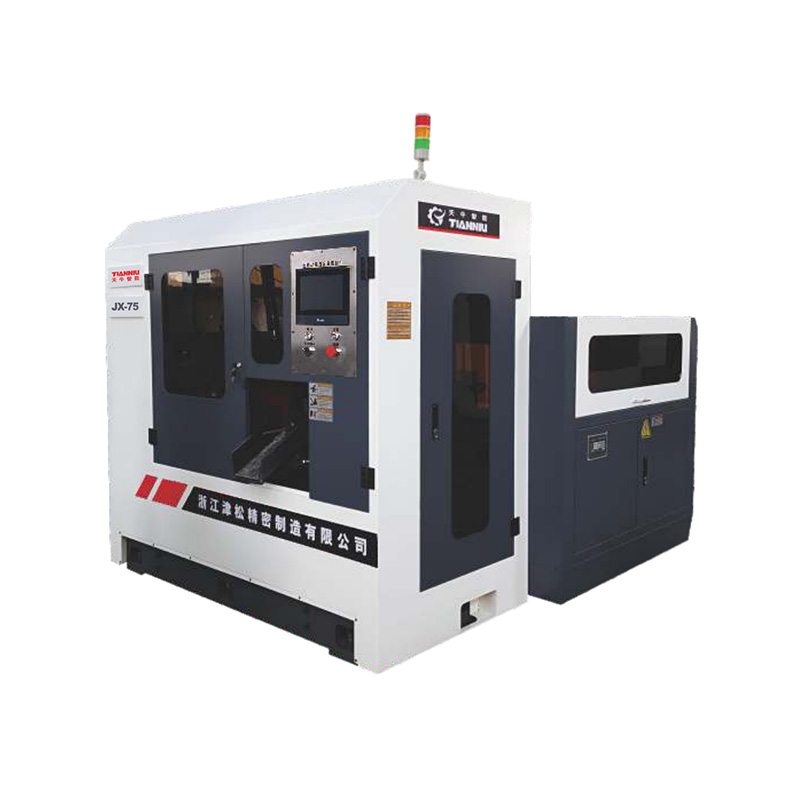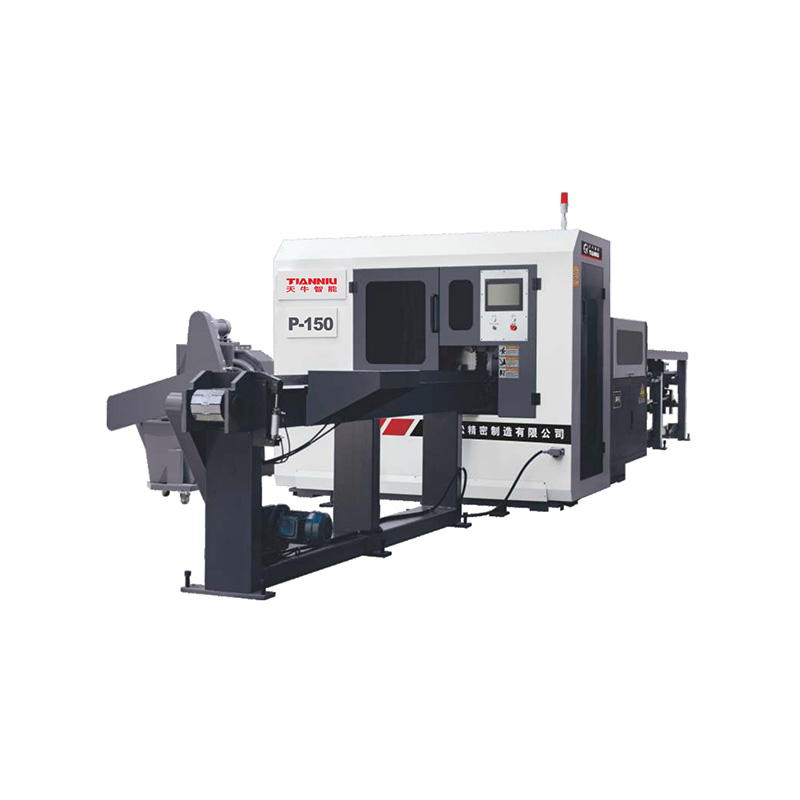Email: hujin@chinahujin.cn
Preventing Workpiece Deformation During Double Column Band Saw Cutting
In metalworking and manufacturing, controlling workpiece deformation during cutting is a critical concern. The Double Column Band Saw Factory is designed for high-precision and heavy-duty cutting, but even with advanced machinery, improper handling can cause bending, warping, or surface damage. Understanding the factors that contribute to deformation and implementing effective control measures ensures both quality and safety. Manufacturers rely on proper clamping, feed control, blade selection, and cooling systems to maintain dimensional accuracy and preserve the integrity of workpieces.

Importance of Proper Workpiece Clamping
One of the important steps in preventing deformation is securing the workpiece firmly. Clamping systems in a Double Column Band Saw Factory must apply uniform pressure without causing stress concentrations. Adjustable vises or hydraulic clamps help distribute force evenly along the workpiece, preventing movement during cutting. Improper clamping can result in vibrations or shifts, causing uneven cuts and permanent deformation. Ensuring that the workpiece is aligned correctly with the saw blade is also essential to decrease torsional stress and maintain dimensional accuracy.
Selecting the Appropriate Saw Blade
The choice of saw blade is another key factor in preventing workpiece damage. Blade width, tooth pitch, and material composition must match the type and thickness of the workpiece. For example, a narrow blade with fine teeth is suitable for thin materials to avoid bending, while wider blades are better for thicker, rigid pieces. Using a blade that is too aggressive can generate excessive force and heat, causing distortion or surface defects. A properly selected blade reduces cutting resistance and reduces the likelihood of warping.
Controlled Feed Rate and Cutting Speed
Feed rate and cutting speed are crucial for maintaining workpiece integrity. Feeding too quickly can exert excessive stress on the material, causing bending or chipping, while a slow feed may cause overheating and localized deformation. Operators must adjust feed rates according to material hardness, thickness, and blade type. Many modern Double Column Band Saw Factory machines feature automated feed controls that optimize speed and pressure, reducing operator error and ensuring consistent cuts. Controlled feed and speed prevent the workpiece from twisting or shifting during the cutting process.
Cooling and Lubrication Systems
Heat generated during cutting can soften metal and increase the risk of deformation. Cooling and lubrication systems are essential for maintaining temperature control and reducing friction. Continuous flow of cutting fluid keeps the blade and workpiece cool, reducing thermal expansion and maintaining dimensional stability. Properly applied coolant also removes chips and debris, preventing scratches or surface damage. Regular maintenance of the cooling system ensures that it functions efficiently during extended cutting operations.
Vibration Control and Machine Stability
Vibration during cutting is another major factor that can cause workpiece distortion. A rigid machine structure, stable base, and balanced blade tension reduce vibration. Double Column Band Saw Factory machines are designed with dual-column support to increase rigidity and decrease blade deflection. Additional damping mechanisms or vibration-absorbing materials can further protect delicate workpieces from unwanted movement. Proper alignment of the blade guides also contributes to reducing vibration-induced errors.
Preventing workpiece deformation during cutting in a Double Column Band Saw Factory requires a comprehensive approach. Proper clamping, blade selection, controlled feed rates, effective cooling, and vibration management all contribute to maintaining the integrity of the material. By understanding these factors and implementing practices, manufacturers can ensure precision, reduce material waste, and maintain high-quality results. Careful attention to these elements allows heavy-duty and precision cuts to be executed without compromising the shape or surface of the workpiece.
 English
English русский
русский عربى
عربى






